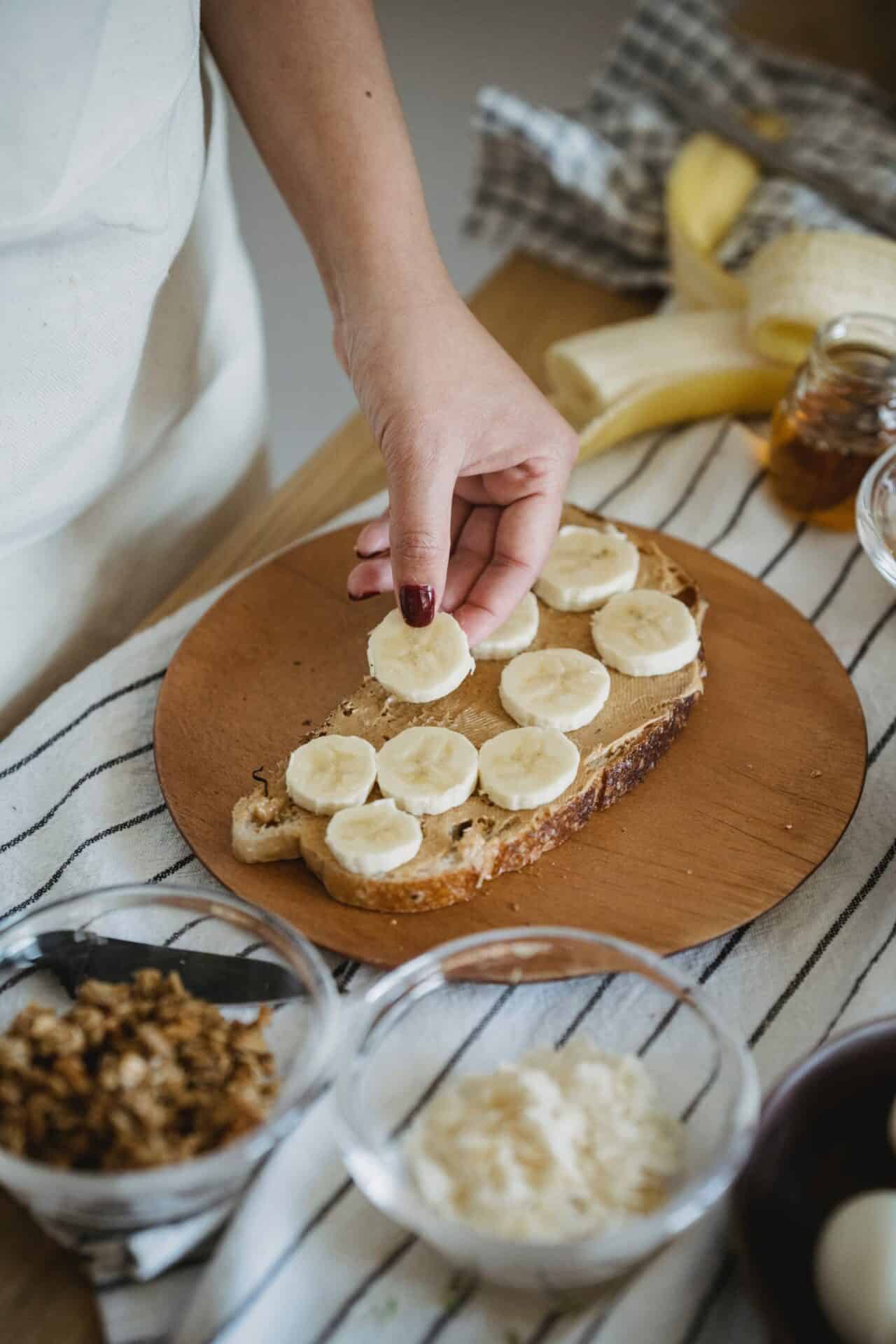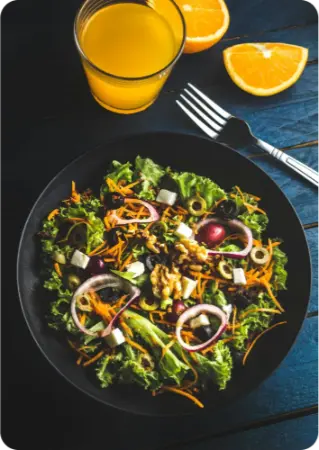Last Updated on August 9, 2024 by Shavy Jain
Embrace the art of sustainable baking with our Easy Sourdough Banana Bread Recipe, a delightful twist on a timeless classic. This recipe is more than just a set of instructions; it’s a journey into the heart of eco-conscious living, blending the traditional joy of baking with the modern pursuit of sustainability. By choosing to bake with a sourdough starter and organic ingredients, you’re not only creating a delicious treat but also contributing to a zero waste lifestyle. Let’s embark on this baking adventure together, where each ingredient is a step towards a greener future.

Why Sourdough Banana Bread?
Sourdough has been a baker’s ally for centuries, offering a natural way to leaven bread without commercial yeast. Its resurgence in the baking community isn’t just a nod to nostalgia but a choice for health and flavor. The fermentation process of sourdough enhances the nutritional profile of bread, making it a smarter choice for the conscious consumer. When sourdough meets the sweet, comforting flavors of banana bread, the result is a loaf that’s not only delicious but also digestible and sustainable.
Unlock Your Savings with Exclusive Offer Coupons
Save big while shopping for sustainable products! Grab your exclusive coupons today!

Ingredients List
Gather your sourdough starter, ripe bananas, and a selection of organic baking ingredients. Choosing organic is a small but powerful way to support environmentally friendly farming practices. Here’s what you’ll need for your sustainable baking journey:
- Ripe bananas: The star of the show, providing natural sweetness and moisture.
- Sourdough starter: The eco-friendly leavening agent that gives this bread its character.
- Flour: Opt for organic, locally sourced flour to reduce your carbon footprint.
- Sweeteners: Consider natural sweeteners like organic cane sugar or maple syrup.
- Fats: Use oils with a low environmental impact, such as sustainably harvested coconut oil.

Step-by-Step Sourdough Banana Bread Baking Guide
Activate Your Sourdough Starter: Begin by ensuring your sourdough starter is active and bubbly. If it’s been stored in the fridge, feed it with equal parts flour and water and let it sit at room temperature until it doubles in size.
- Mash the Bananas: Take your ripe bananas and mash them until smooth. The riper the bananas, the sweeter and more flavorful your bread will be.
- Combine Wet Ingredients: In a large mixing bowl, blend the mashed bananas with the active sourdough starter. If your recipe calls for any additional wet ingredients like eggs or melted butter, add them now.
- Mix in Sweeteners and Fats: Incorporate your chosen sweeteners, such as organic cane sugar or maple syrup, along with any oils or fats into the banana and starter mixture.
- Sift Dry Ingredients: In a separate bowl, sift together your dry ingredients—flour, baking soda, baking powder, and salt—to remove any lumps and ensure even distribution.
- Create the Batter: Gradually fold the dry ingredients into the wet mixture. Stir until just combined to avoid overmixing, which can lead to a denser loaf.
- Add Flavors and Extras: If you’re adding any additional flavors like vanilla extract, cinnamon, or nuts, gently stir them into the batter now.
- Prepare the Baking Pan: Grease your loaf pan with a sustainable option like coconut oil or line it with parchment paper to prevent sticking.
- Pour the Batter: Transfer the batter into the prepared loaf pan, smoothing the top with a spatula to ensure an even rise.
- Bake with Care: Place the pan in a preheated oven and bake according to your recipe’s instructions. To save energy, avoid opening the oven door frequently.
- Check for Doneness: Test the bread with a toothpick inserted into the center. If it comes out clean, your sourdough banana bread is ready.
- Cool and Enjoy: Allow the bread to cool in the pan for a few minutes before transferring it to a wire rack to cool completely. Enjoy your homemade sourdough banana bread, a product of patience and eco-friendly baking.
Also Read: Is Sourdough Bread Vegan?
Eco-Friendly Baking Tips

- Baking can be a delightful part of an eco-friendly lifestyle. Use these energy-saving baking tips to minimize your environmental impact:
- Bake during off-peak hours to reduce energy strain on the grid.
- Maximize oven space by baking multiple items at once.
- Choose energy-efficient appliances and maintain them well for optimal performance.
Customization and Variations
This sourdough banana bread is a canvas for your creativity. Sprinkle in some nuts or seeds for a nutritious crunch, or swap in a portion of whole wheat flour for added fiber. Each variation not only adds complexity to the flavor but also introduces a range of nutrients, making your bread a wholesome choice.
Also Read: A Vegan Zucchini Bread Recipe for Green Thumbs
Storage and Preservation
Once your bread is baked to golden perfection, it’s important to store it sustainably. Wrap the bread in beeswax wraps or store it in an airtight container made from recycled materials. This approach aligns with the principles of zero waste baking, ensuring that your delicious creation is enjoyed to the last crumb without contributing to landfill waste.
Conclusion
Our Easy Sourdough Banana Bread Recipe is more than just a treat; it’s a statement of your commitment to sustainable baking. Each slice is a reminder of the simple pleasures that can be enjoyed without harm to our planet. Share your loaf and your newfound knowledge, and let’s continue to bake a difference together.
Craving more plant-based delights? Explore our curated selection of vegan bread recipes on our food blogs for a variety of wholesome, cruelty-free baking adventures!
Read Next:
How to Make Banana Bread Without Baking Soda?
Is Cocoa Butter Vegan?
Farm-Fresh Matcha Brownie Recipe
Want to read more like this?
Get similar stories and a free sustainability checklist delivered to your inbox.

Like our content?
Get similar stories and a free sustainability checklist delivered to your inbox.
















